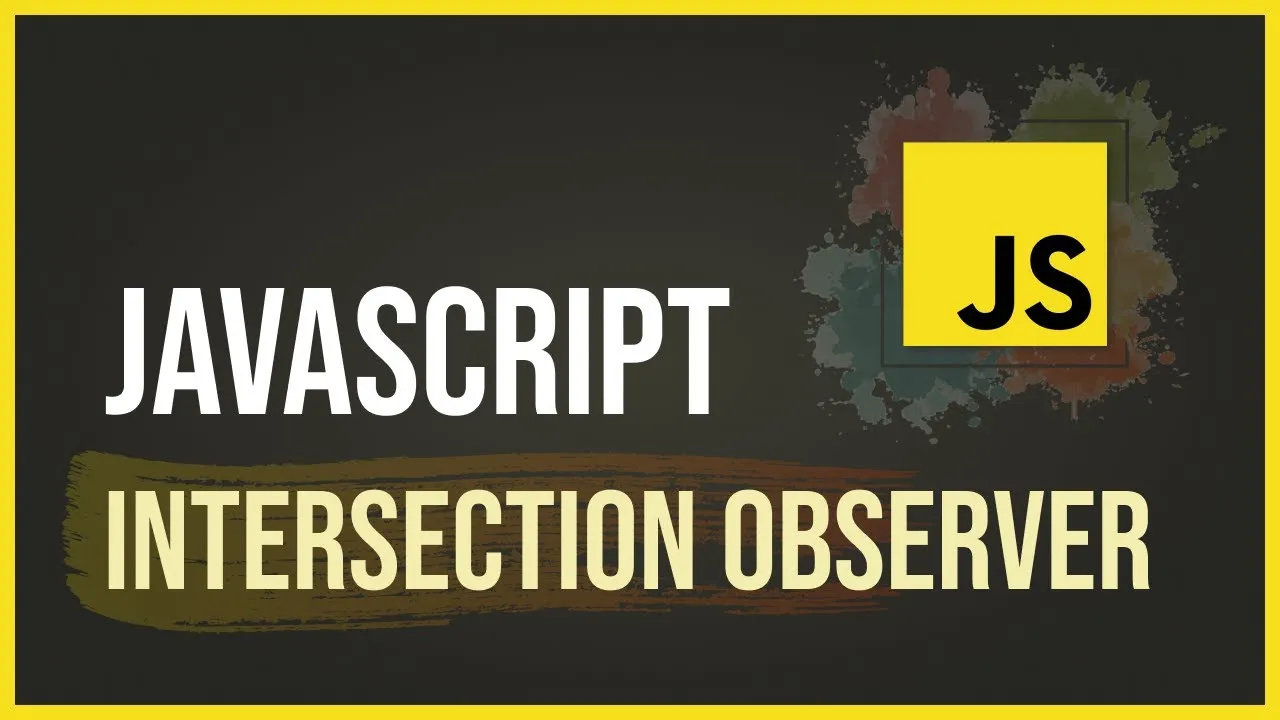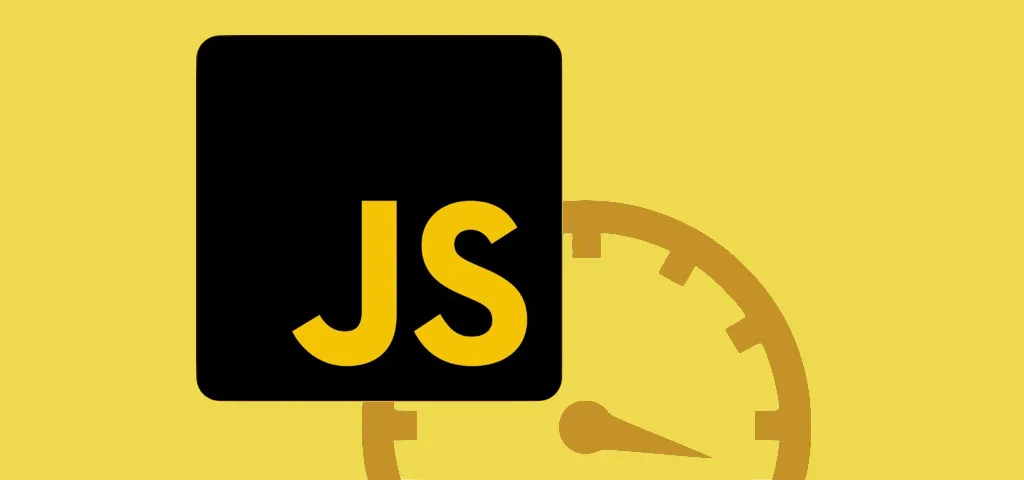In the modern web development world, performance and user experience are king. Every millisecond of page load, every smooth scroll frame, plays a crucial role in keeping users engaged. In this optimization battle, the Intersection Observer API emerges as a powerful, silent "master observer" that helps developers create faster, more efficient, and smarter websites.

Forget about complex, heavy, and inefficient scroll position tracking code. It's time to discover a more elegant and high-performance solution.
What is the Intersection Observer API? 🤔
Imagine you have a super-diligent guard (observer) tasked with watching one or more "target elements" on your web page. This guard will immediately notify you when a target element enters or exits the user's viewport, or when it intersects with a specific "ancestor element".
That's exactly what the Intersection Observer API does.
Technically, this is a browser API that allows us to asynchronously observe changes in the intersection of a target element and an ancestor element or the browser viewport.

Why is it revolutionary?
Previously, to determine if an element was visible on the screen, developers had to "listen" for the scroll event or use setInterval to repeatedly call getBoundingClientRect(). This approach had two major drawbacks:
- Jank and lag: Calculating element positions happens on the browser's main thread. When users scroll quickly, constant function calls can overload the main thread, causing stutter and lag, degrading user experience.
- Resource intensive: The browser works non-stop, even when unnecessary, wasting CPU and battery—especially on mobile devices.
The Intersection Observer API solves these problems by offloading all the heavy calculations to the browser, optimally and asynchronously. You just declare what you want to observe and get results only when an intersection event actually happens.
Decoding the Core Concepts 🕵️♂️
To master the Intersection Observer API, you need to understand a few basic terms:
- Target: The DOM element you want to observe.
- Root: The element used as the viewport for checking intersection. If not specified or set to
null,rootdefaults to the browser viewport.Rootmust be an ancestor of thetarget. - Threshold: A number or array of numbers from 0 to 1. It defines the percentage of the target's visibility within the
rootat which the callback is triggered.0: Triggers as soon as even 1 pixel of the target appears.1.0: Triggers when 100% of the target is within the root.[0, 0.25, 0.5, 0.75, 1]: Triggers at 0%, 25%, 50%, 75%, and 100% visibility.
- Intersection Ratio: The percentage of the target actually visible inside the root.
- rootMargin: Works like the CSS
marginproperty. It lets you "expand" or "shrink" the root's checking area before calculating intersection. For example,rootMargin: '200px'will trigger the callback when the target is still 200px away from the viewport.
The "Magic Spell" Syntax: Let's Code 👨💻
The syntax for using the Intersection Observer API is simple and intuitive.
1. Create an Observer:
let options = {
root: document.querySelector('#scrollArea'), // Defaults to viewport
rootMargin: '0px',
threshold: 1.0, // 100% threshold
}
let observer = new IntersectionObserver(callback, options)
callback: The function executed whenever the target intersects with the root at a defined threshold.options: An object containingroot,rootMargin, andthreshold.
2. Define the Callback Function:
The callback receives two arguments: entries (a list of objects describing intersection changes) and the observer itself.
let callback = (entries, observer) => {
entries.forEach((entry) => {
// Each entry describes an intersection change for a target
if (entry.isIntersecting) {
// The element is visible in the viewport
console.log('Target is visible!')
// Perform an action, e.g., load an image
// ...
// Stop observing after handling
observer.unobserve(entry.target)
}
})
}
3. Start Observing:
Finally, specify the target element for the observer.
let target = document.querySelector('#myElement')
observer.observe(target)
You can use the same observer to watch multiple elements.
Real-World Applications of Intersection Observer 🌟
The power of this API is shown through many practical applications that greatly improve web performance.
1. Lazy Loading Images & Videos
This is the most common and effective use case. Instead of loading all images and videos up front, we only load them when the user scrolls near them. This significantly reduces initial page load time, saves bandwidth, and provides a smoother experience.
How to do it:
- Store the real image URL in a
data-srcattribute. - The initial
srccan point to a super-light placeholder image. - When the image enters the viewport, use JavaScript to copy
data-srctosrc.
2. Infinite Scrolling
Instead of traditional pagination, infinite scroll automatically loads more content as the user reaches the end of a list. Intersection Observer is perfect for detecting when the user has viewed the last element, triggering an API call to load new data.
3. Triggering Animations on Scroll
Want fade-in, slide-in, or other effects to start only when users actually see them? Intersection Observer lets you pinpoint that moment to add CSS animation classes, creating lively and engaging web pages.
4. Ad Visibility Tracking
In digital advertising, knowing whether an ad is actually seen by the user is crucial. This API provides a reliable way to measure "viewability", helping advertisers accurately calculate campaign effectiveness.
5. Pausing/Playing Videos or Animations
Automatically play a video when it enters the screen and pause it when it's scrolled out. Similarly, you can pause heavy animations when they're no longer visible to save system resources.
Conclusion: More Than Just a Tool
The Intersection Observer API is not just a tool; it's a shift in thinking about web performance optimization. By giving the browser smart control over element observation, it frees up the main thread, reduces code complexity, and opens up endless possibilities for creating faster, smoother, and more engaging web experiences.
If you're a web developer and haven't used this API yet, you're missing out on one of the most powerful and useful tools of the modern web platform. Start "observing" today!
![[JS Basics] Objects in JavaScript: Concepts & Effective Usage](/images/blog/objects-in-javascript.webp)
![[JS Basics] Conditional Statements in JavaScript: Examples & Effective Usage](/images/blog/conditional-statements-in-javascript.webp)
![[Advanced JS] What is the Event Loop? Discover How JavaScript Works](/images/blog/event-loop-and-how-javascript-works.webp)
